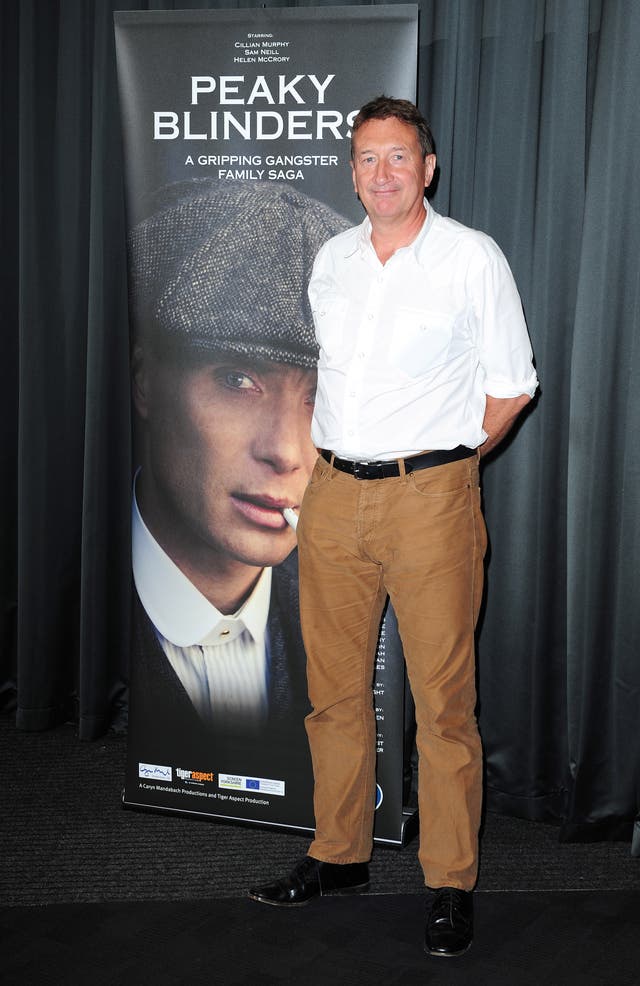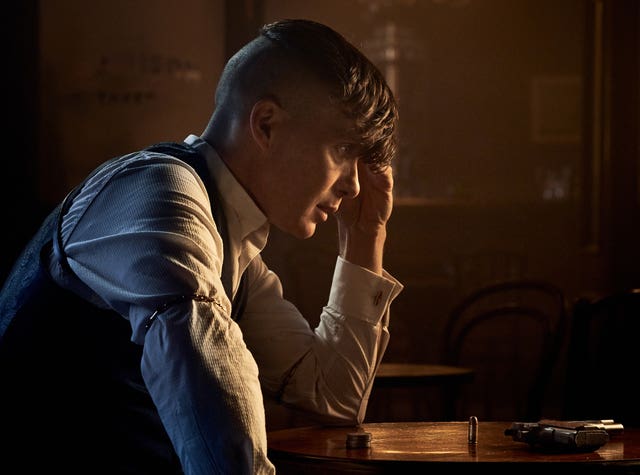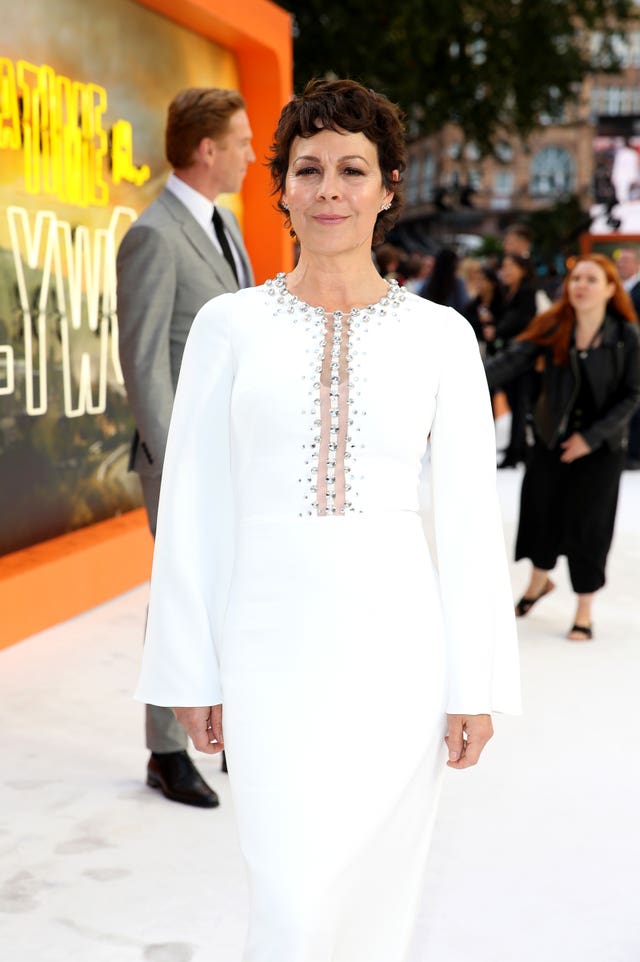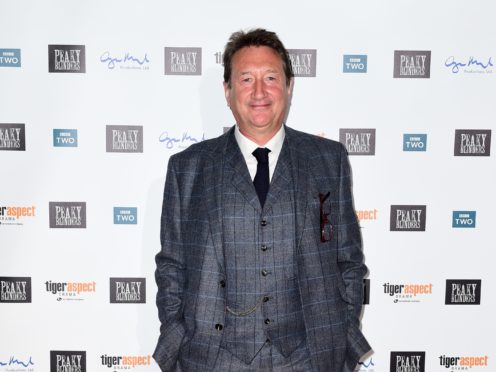The new series of Peaky Blinders will explore the rise of fascism in Britain in the 1930s, show creator Steven Knight said.
The fifth season of the BBC’s acclaimed crime drama kicks off in 1929 and sees Cillian Murphy’s solider-turned-gang leader entering Parliament as an MP.
Episode one begins with the Wall Street crash and its impact around the globe, including the rise of fascism in Europe.
Knight said parallels between then and now are “fortuitous” for him as a writer but “terrible for the world”.

He said: “It’s quite bizarre how Peaky, whatever period I’m writing in, seems to have had a spooky connection to what’s going on at the time.
“Never more so than with series five where politically it’s the early 1930s, there is nationalism, populism, racism sweeping across the Western world.
“And that’s just fortuitous for me – terrible for the world – in that what I’m writing feels to have a direct connection to the way things are going at the moment.”
While season five will explore politics and the rise of the far right, Knight said “I don’t want someone walking in as Hitler”.

He added: “What I want to reflect is that in the early 1930s in the UK a fascist rally could attract 100,000 people, with others queueing to get in.
“It’s more the mood, always with Peaky I’m trying to reflect what was happening in history via the people around the Shelbys. And that’s the people in Small Heath, Birmingham.”
Bafta-winning Peaky Blinders, also starring Tom Hardy, Helen McCrory, Sam Neill and Paul Anderson, is known for its violent content.
McCrory, who stars as Polly Gray, aunt of Murphy’s character, said she had to look away from the “disgustingly violent” first episode of the new series
However Knight said the show handles violence responsibly.

He said: “I believe that the violence a young person will see in a computer game where there is no consequence will be more corrosive.
“Whenever there’s an act of violence in Peaky, that person stays hurt for two or three episodes. They are injured, and you see that this brief moment of violence leads to consequence.
“Somewhere down the line an act of violence causes an act of revenge. What I think is dangerous is when people see violence that is routine and inconsequential.
“Batman beating up a load of villains in a warehouse is just beating people. Hopefully you care about these characters in Peaky and so I hope the violence is more of a deterrent. ”
Peaky Blinders will return for its fifth series on BBC One after having jumped from BBC Two following a successful fourth series.
The first episode will be broadcast on Sunday August 25.
